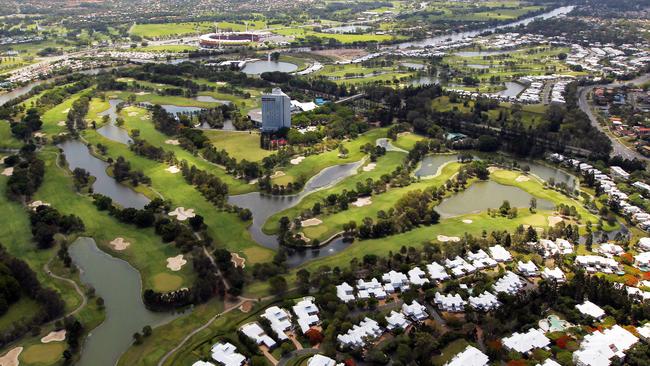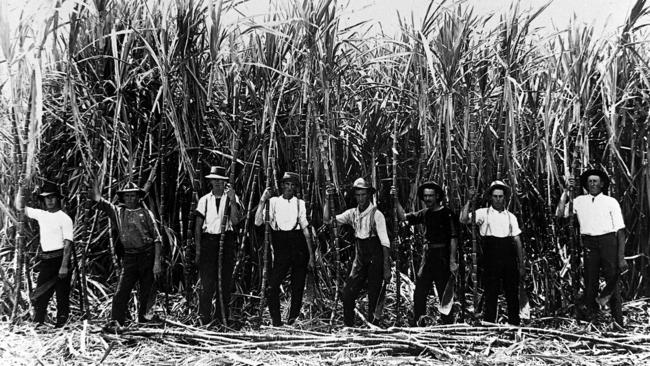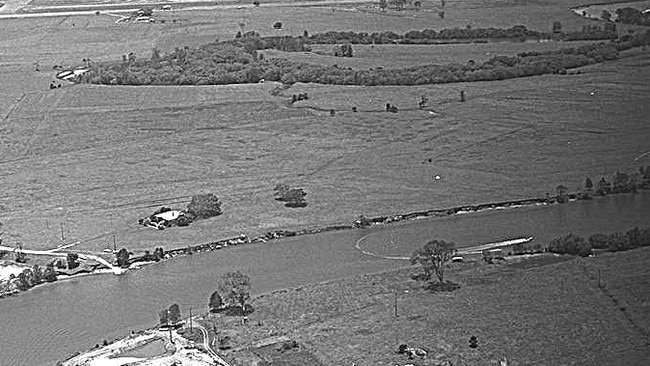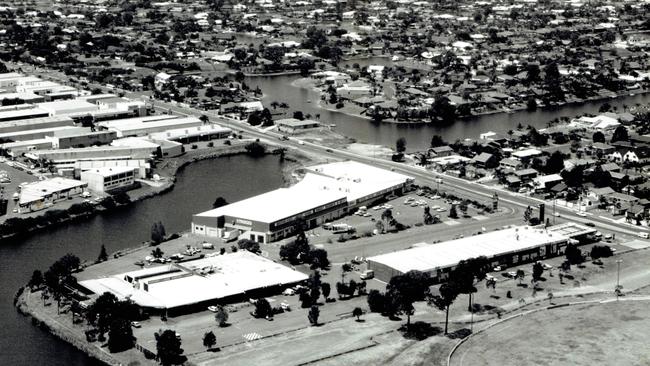Benowa: Exclusive suburb’s dramatic transformation from farmland to property mecca
This Gold Coast suburb is breaking property records, with houses going for $4.8m this year. But a “drastic” land shortage had a significant impact on its older houses.
Property
Don't miss out on the headlines from Property. Followed categories will be added to My News.
THE waterfront streets of Benowa have been home to some of the Gold Coast’s best-known citizens.
Mayors, developers and rich-listers have called the suburb home in the past 60 years as it was transformed from farmland into an exclusive enclave.
Much like Burleigh Heads, Benowa has attracted renewed interest from buyers in the past two years, with record sales being broken within weeks of being set.
In February a six-bedroom house on Sir Bruce Small Blvd sold for $4.8m, more than $600,000 above the $4.2m paid for a block of land along the same boulevard in November last year.

It’s almost $800,000 more than the highest price paid for an existing home in the suburb, which was $4.1m for another house on Sir Bruce Small Blvd in 2017.
Clearly Benowa is in hot demand.
It was not the same nearly 160 years ago when the entire region was bought by Scottish-born businessman Robert Muir.
Muir would go on to become one of the region’s biggest property owners and real estate speculators of the 19th century – buying up large chunks of Southport and was one of the founding landowners of Labrador in the late 1870s.

Having had success in the sugar industry across the world, Muir arrived in the mid-1860s and took control of the existing sugar mill at Bundall.
The Gold Coast region had only been settled by Europeans for a decade, with most of the population and industry focused in the hinterland communities of Nerang, Mudgeeraba and Coomera.
Far from the tourism mecca of today, the region was agrarian heartland, dominated by farming and timber.
Muir bought 445ha on the banks of the Nerang River in the late 1860s with plans for a sugar plantation. He named it Benowa.
There is debate over the origin of the name. Some believe it was “a corruption of an Aboriginal word, Boonow, meaning red bloodwood that used to line the streets” while others believe it means “silver waters”.

Regardless, the name stuck and the plantation operated successfully.
Robert Muir’s life would end in tragedy in early 1887 when he drowned in devastating floods.
The plantation was bought by businessman Charles Parbury, who had a plan to sell the subdivided lots as farmland.
However, this proved unsuccessful and the region was taken over by the Nerang River Sugar Company, which operated the mill and plantations until it went broke in 1905 and was taken over by the Queensland government.
The sugar industry was declining by the early 20th century, but the Benowa mill continued to operate through World War I until it was finally closed in 1919. It was sold to the Pimpama-based Heck family which dismantled it and relocated it to the city’s far north.

By the 1920s, the remaining pieces of the old Benowa property were finally broken up and sold off in what was the biggest land sale the region had seen to that point. Pioneering families such as the Goodings and Rossers bought property.
The 2ha Rosser site, which bordered what is now Royal Pines Resort, was donated to the Gold Coast City Council in 1975 and was named Rosser Park in the family’s honour.
Today, it is the Gold Coast Botanical Gardens.
Benowa began its transition from farmland to residential after World War II as the agrarian economy declined.
Future mayor and developer Sir Bruce Small bought up large chunks of property in the early 1960s and led its development, including the creation of Sorrento and surrounding areas.
In recent decades, Benowa was home to several notable Gold Coasters including developer Con Nikiforides and incumbent Mayor Tom Tate.
The suburb went through its most significant expansion in the 1980s and 1990s when most of its major waterfront mansions were built.
In 1984 it was the Gold Coast’s most popular suburb, with 248 sales recorded in a 12-month period at a median price of $39,900.
The wave of construction was so significant by 1987 that many of the older houses built in the 1950s and 1960s by Sir Bruce were demolished to make way for the new generation.
Max Christmas Real Estate director Duncan McInnes told News Corp at the time that it was the result of a “drastic” land shortage facing the Coast market.
“The push is on from Benowa Waters through to Paradise Waters and Runaway Bay,’’ he said.
“Prices being paid vary greatly depending on the size of the land and the canal or riverfront position, but the range is probably from $250,000 to $600,000.”
Originally published as Benowa: Exclusive suburb’s dramatic transformation from farmland to property mecca



